Northern pig price
A survey showed that the price of live pigs in the North last week decreased by 1,000 - 2,000 VND/kg compared to the end of last week. The common purchasing price is currently fluctuating between 54,000 - 56,000 VND/kg.
Illustration photo. Photo: Internet
In Son La and Lai Chau, prices remained at the lowest level of VND54,000/kg. Tuyen Quang, Cao Bang, Lang Son and Dien Bien provinces recorded around VND55,000/kg. Meanwhile, Thai Nguyen, Bac Ninh, Quang Ninh, Hanoi , Hai Phong, Ninh Binh, Lao Cai, Phu Tho and Hung Yen all traded at VND56,000/kg. Overall, the Northern market is maintaining a sideways trend after last week's decline.
Pig price in Central Highlands
In the Central Highlands region, the price of live pigs also underwent a downward adjustment, currently at 54,000 - 57,000 VND/kg.
Thanh Hoa, Nghe An, Ha Tinh and Quang Tri are among the lowest priced provinces in the region, at only 54,000 VND/kg. On the contrary, Lam Dong remains the highest in the Central Highlands with 57,000 VND/kg. Khanh Hoa currently has 56,000 VND/kg, while most of the remaining provinces are trading at 55,000 VND/kg.
Southern pig price
In the South, the price of live pigs decreased by 1-2 prices last week, currently fluctuating between 56,000-58,000 VND/kg. Ca Mau is the only locality recording the highest price in the country, reaching 58,000 VND/kg.
Ho Chi Minh City, Can Tho, Dong Nai, Tay Ninh, Dong Thap and An Giang follow closely with prices of 57,000 VND/kg. Vinh Long is currently at the lowest level in the South, only 56,000 VND/kg. This development shows that the South has the largest fluctuation amplitude in the country, and the downward trend has not ended.
In addition to price movements, the market is also affected by African swine fever (ASF) in Cao Bang. The latest report shows that the number of pigs forced to be culled in September decreased to 28,485, much lower than the previous month. Since the beginning of the year, the whole province has culled more than 166,000 pigs, accounting for nearly 41% of the total herd. However, the fact that 300 hamlets have gone 21 days without new cases shows that the epidemic is gradually being controlled.
Authorities recommend that farmers maintain strict disease prevention measures, from cleaning barns, disinfecting, controlling transportation and implementing biosecurity. Herd restoration should only be carried out when there is specific guidance from a professional agency to avoid the risk of disease re-emergence.
The market outlook for the remaining months of the year is forecast to depend largely on the ASF situation and consumption demand during the Tet holiday. If supply continues to be tight, pork prices may stabilize or increase slightly, especially in the fourth quarter when consumer demand usually increases sharply.
Source: https://doanhnghiepvn.vn/kinh-te/gia-heo-hoi-ngay-29-9-2025-duy-tri-da-giam-o-ca-ba-mien/20250929094714795


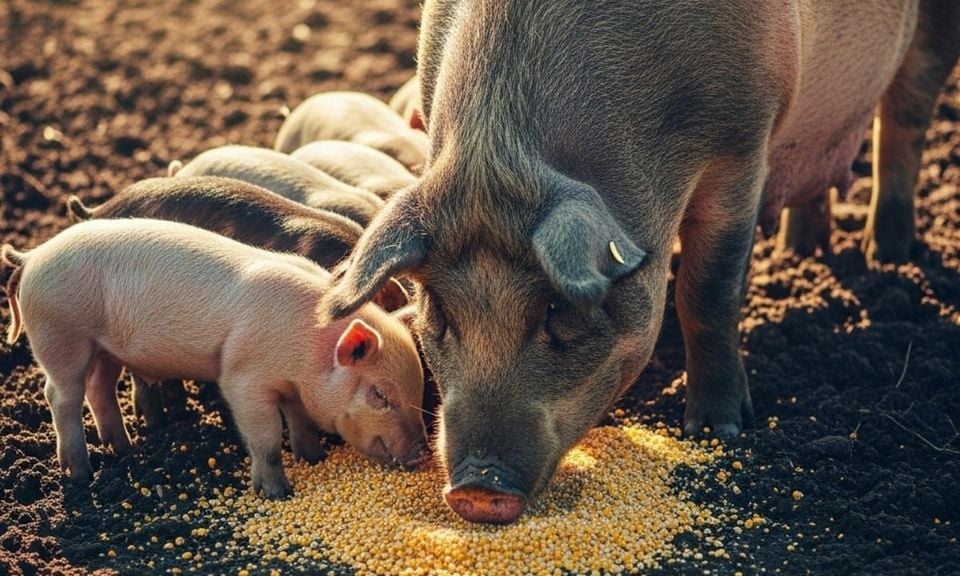





![[Photo] Solemn opening of the 1st Government Party Congress](https://vphoto.vietnam.vn/thumb/1200x675/vietnam/resource/IMAGE/2025/10/13/1760337945186_ndo_br_img-0787-jpg.webp)
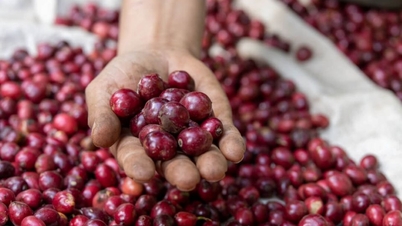


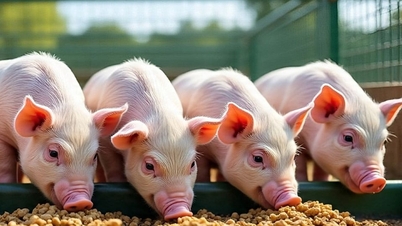

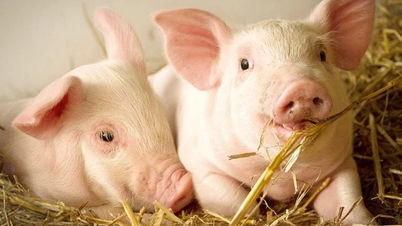





















![[Photo] General Secretary To Lam attends the opening of the 1st Government Party Congress](https://vphoto.vietnam.vn/thumb/1200x675/vietnam/resource/IMAGE/2025/10/13/1760321055249_ndo_br_cover-9284-jpg.webp)
































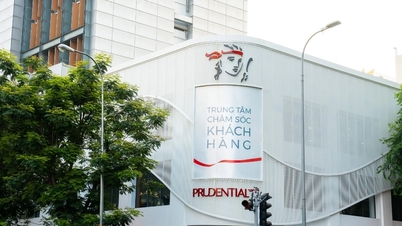

























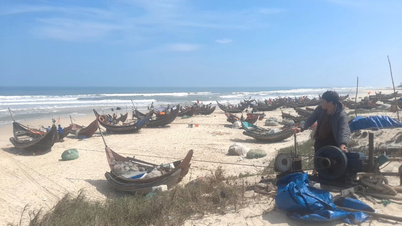


















Comment (0)